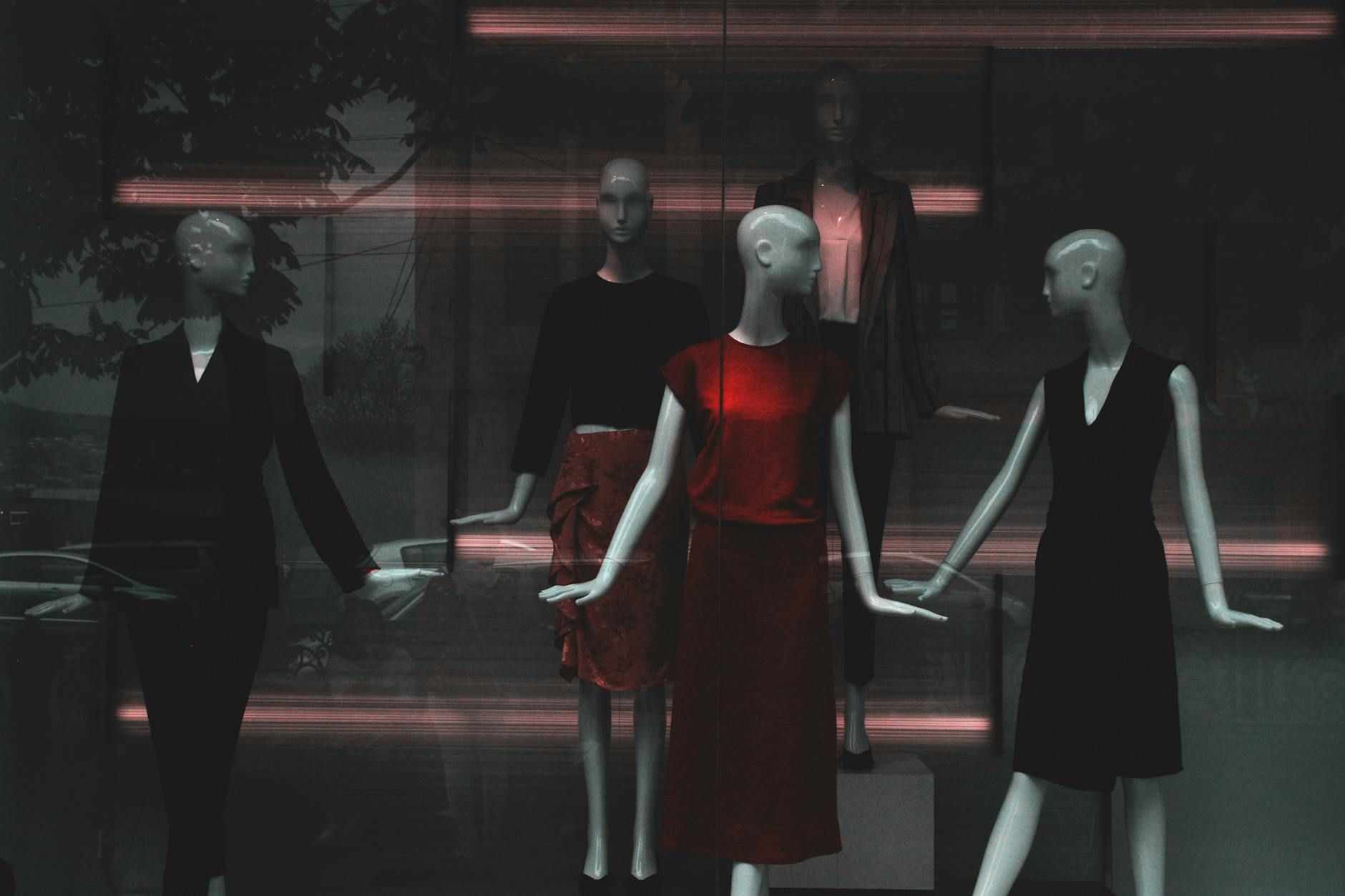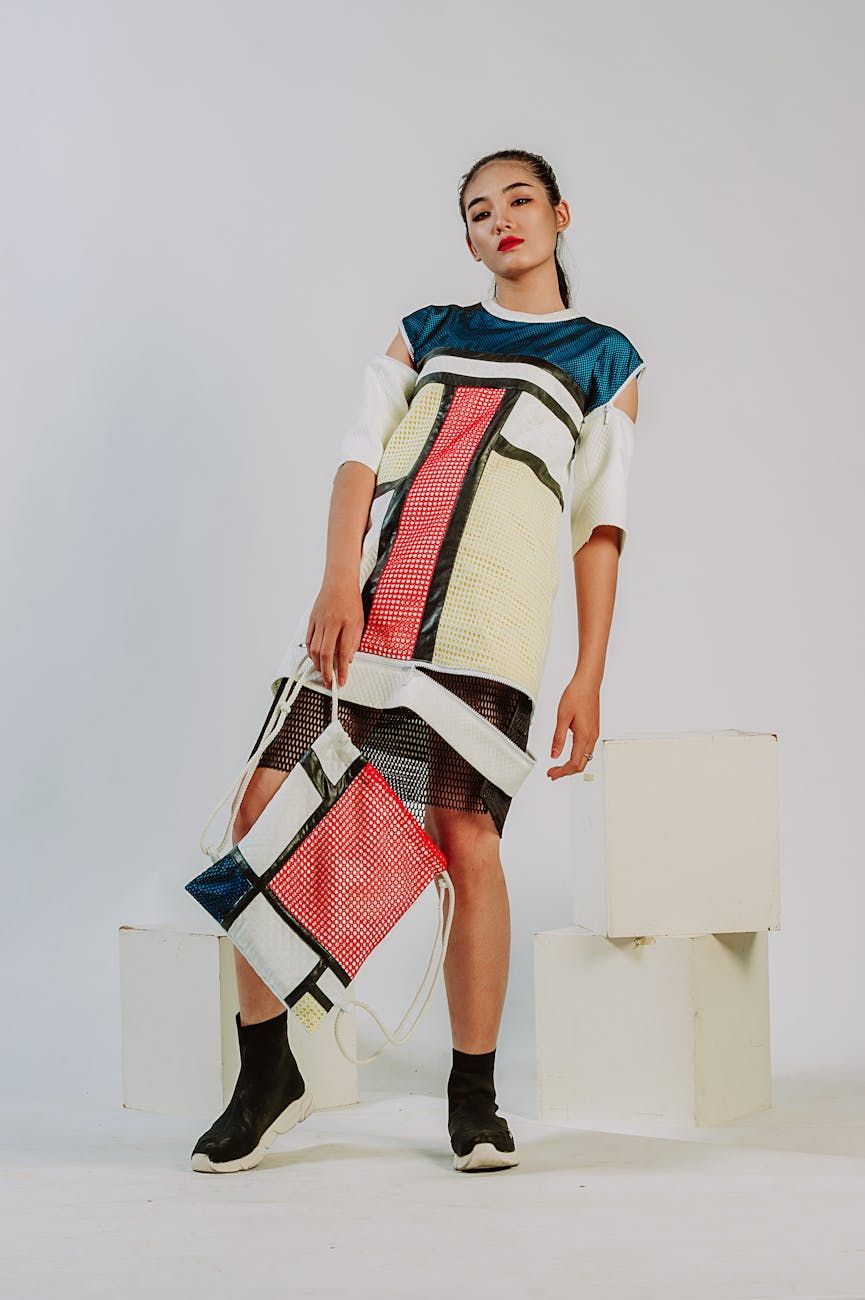Secrets to Successful Color Coordination in Clothing



Are you someone who struggles with color coordination when putting together your outfits? Do you often find yourself wondering why some people seem to effortlessly pull off stylish combinations while you're left feeling mismatched and overwhelmed? The key to mastering the art of color coordination lies in understanding a few fundamental principles that govern the use of color in fashion.
One of the first things to consider when creating a cohesive look is your color palette. A color palette refers to the range of colors that you choose to incorporate into your outfit. To ensure success, it's helpful to establish a color palette based on color harmony. Color harmony involves selecting colors that complement each other and create a visually pleasing combination.
When building your color palette, it's essential to familiarize yourself with the concept of primary shades, accent colors, and neutral tones. Primary shades, such as red, blue, and yellow, form the foundation of your palette and can be paired with accent colors to add visual interest. Accent colors, like emerald green or coral, can bring a pop of color to your ensemble. Neutral tones, such as black, white, beige, and gray, serve as a versatile backdrop that can help balance bolder hues.
Another factor to consider when coordinating colors is contrast. Contrast refers to the degree of difference between the colors in your outfit. By incorporating contrasting colors, you can create a dynamic and eye-catching look. Referencing the color wheel can be a helpful tool in identifying colors that contrast with each other. Colors that are opposite each other on the color wheel, such as red and green or blue and orange, are considered complementary and can create a striking visual impact when paired together.
It's important to keep in mind that successful color coordination is not just about following strict rules but also about experimenting and finding what works best for you. Don't be afraid to mix and match different hues to discover stylish combinations that reflect your personal sense of fashion and style.
Lastly, consider incorporating seasonal colors into your wardrobe to stay on-trend and fresh. Seasonal colors are inspired by the changing seasons and can help you create looks that feel current and relevant. Whether you're embracing pastel shades for spring or rich jewel tones for fall, incorporating seasonal colors can add a touch of excitement to your outfits.
By mastering the secrets to successful color coordination in clothing, you can elevate your style game and feel more confident in your fashion choices. Remember to have fun with color, trust your instincts, and embrace the power of a well-coordinated outfit to make a lasting impression.




